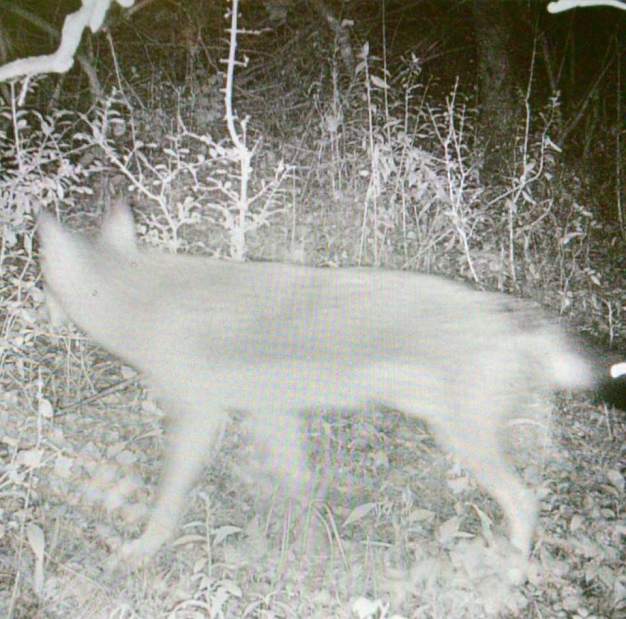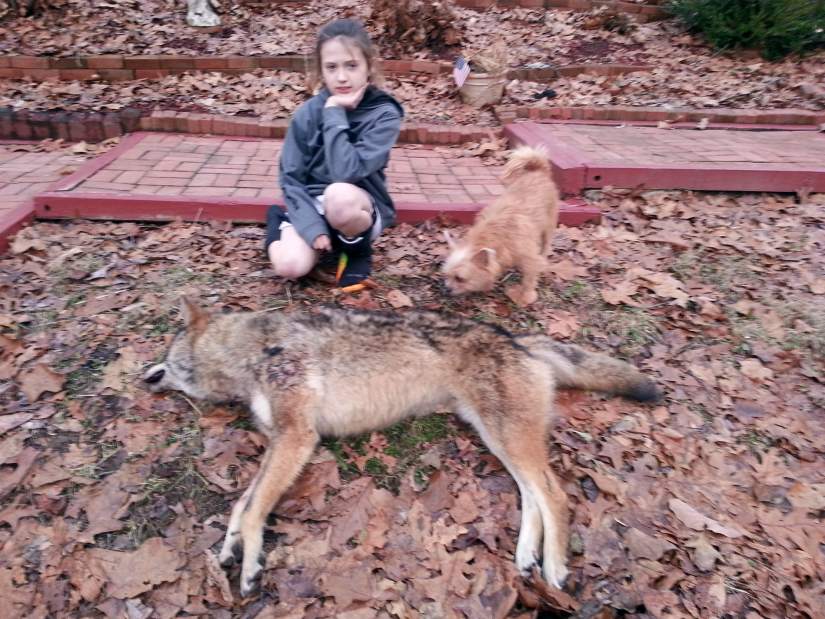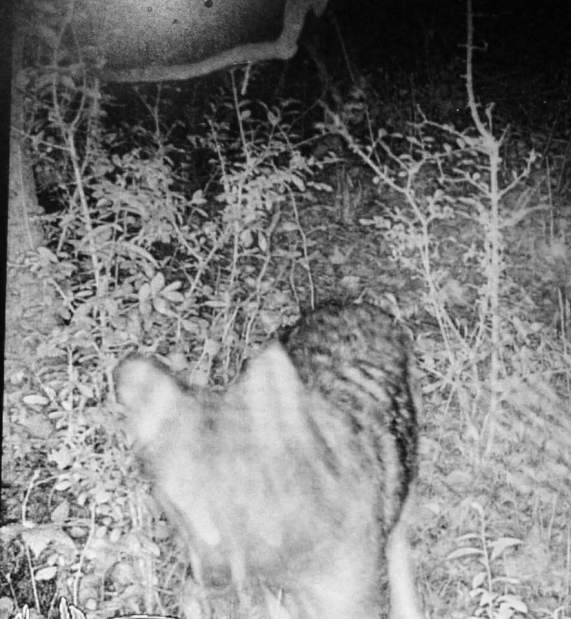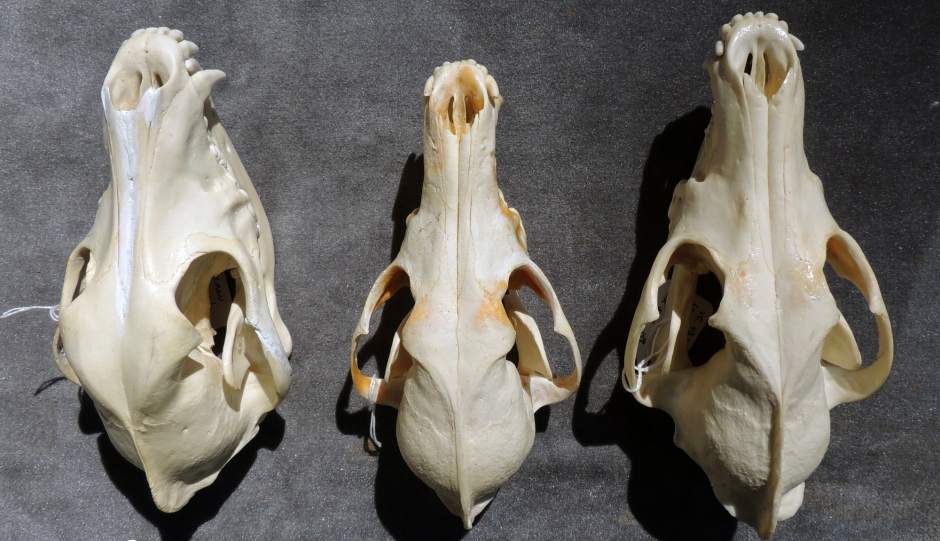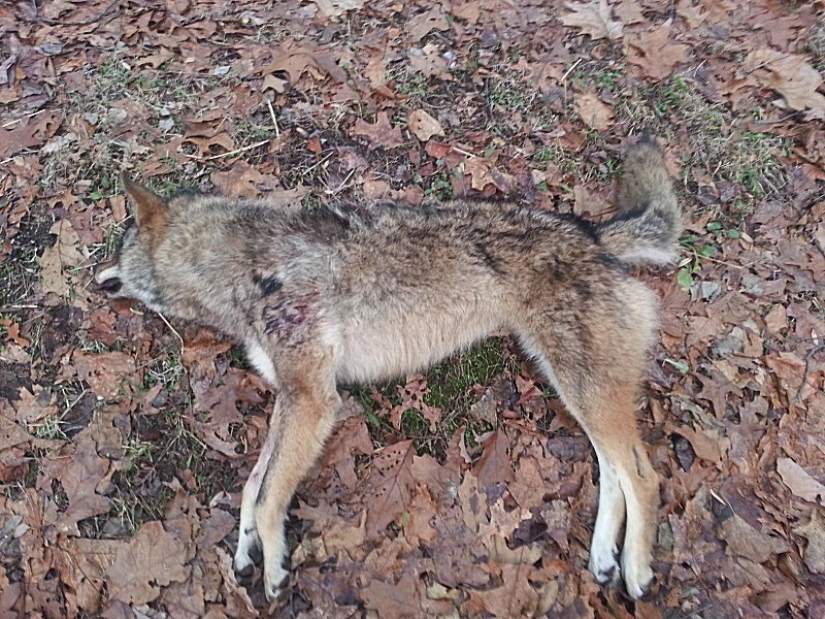Coyotes a consistent, if unseen, neighbor in Murrysville
Although some Murrysville residents might hear coyotes at night and photograph them with trail cameras, state Game Commission officials are quick to point out that they have been around for quite some time.
Trail-cam photos of a coyote prowling on a deer trail near the intersection of Sardis and Mamont roads that were posted this month to the “Franklin Regional Community” Facebook page generated a lengthy discussion about the danger they might pose to pets and the area in general.
Game Commission wildlife-conservation officer Mike Papinchak had a brief answer: not much danger at all.
“They pose very little threat to people,” Papinchak said. “A small animal like a dog running around in the middle of the night? There's a risk there.”
Though their howls can be heard over long distances, Papinchak said his office rarely receives calls about coyotes.
“Their nature is elusive; they don't want to be seen, and they don't have any desire to encounter human activity,” Papinchak said. “But at night, they're active. They do what they do, which is prey on animals that are also nocturnal.”
The photo was taken on the property of Murrysville resident Melissa Julius, who said she was surprised by the discussion it provoked.
“We have two Great Danes, but I wouldn't have any concerns even if we had smaller dogs,” she said.
Although several people commented that they'd heard coyote yips and howls at night in recent weeks, Julius said she never has heard coyote activity in three years at her current home.
Papinchak suggested that people might be more aware of coyotes these days because of technological advances — not the animals' behavior.
Much of that technology comes from companies such as PixController in Murrysville, which supplies a range of remote camera equipment.
PixController President and CEO Bill Powers regularly places 15 to 20 cameras throughout Murrysville and disagreed with Papinchak's assessment of the coyote population.
“I would say we have seen a large increase in the number of coyote sightings in the last six years,” Powers said.
“We see six to 10 coyotes on our cameras every season now.”
Powers said he can't tell how many of those on-camera sightings might be the same animal but that he has recorded coyote footage at different locations in Murrysville and that the animals appear to be different sizes.
He said his local trail cams first photographed a coyote in 2008.
Papinchak said the animals are fairly prolific all over Pennsylvania.
“Coyotes are throughout the entire state, including big cities,” he said. “Their numbers are pretty good right now, and that extends to most wildlife: deer, turkey, those numbers are much bigger now than they were 15, 20 years ago.”
According to the game commission's website, the state's Eastern coyote population now exceeds the populations of black bears, otters and bobcats. Coyotes have been documented in Pennsylvania since the late 1930s and almost universally steer clear of humans.
Papinchak said people rarely realize they share an ecosystem with coyotes.
“But if you have a trail cam and you end up with a picture, then people start talking about ‘an invasion,'” he said.
Coyotes are opportunists and are capable of killing house pets, but, Papinchak said, common-sense precautions such as keeping smaller pets indoors after dark will ensure their safety.
For those who don't own pets, coyotes are just one more animal in the woods that they will likely never see.
“Unless you're a wildlife watcher, by no means is there any reason to get excited about it,” Papinchak said.
Patrick Varine is a staff writer for Trib Total Media. He can be reached at 412-871-2365 or pvarine@tribweb.com.

